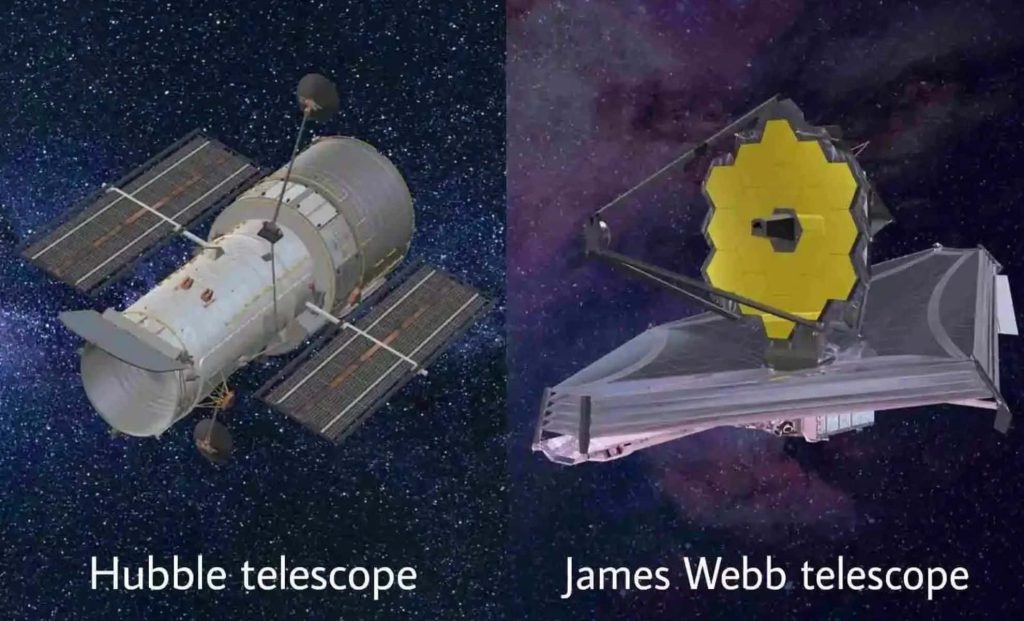Hubble and JWST Team Up to Solve a 13-Billion-Year-Old Planet Mystery – The Daily Galaxy –Great Discoveries Channel

Astronomers have just uncovered a game-changing discovery about how planets may have formed in the early universe. Using data from both the Hubble Space Telescope and the James Webb Space Telescope (JWST)For decades, astronomers believed that planets couldn’t form in the early universe due to a lack of heavier elements like carbon and iron—materials thought to be essential for building planetary disks. But in 2003, the Hubble Space Telescope shattered that assumption when it detected an exoplanet orbiting an ancient star in the M4 globular cluster, estimated to be 13 billion years old. This discovery suggested that planet formation may have begun much earlier than scientists thought possible, but no one could explain how planets managed to form in such an environment.Now, thanks to the combined power of Hubble and the James Webb Space Telescope (JWST), astronomers have finally found an answer. The two telescopes studied NGC 346, a star cluster located in the Small Magellanic Cloud (SMC), a dwarf galaxy orbiting the Milky Way that shares similarities with early-universe galaxies. Their observations revealed something groundbreaking: planet-forming disks in metal-poor environments can survive up to 30 million years—10 times longer than previously thought.This means planets had far more time to form in the early universe than scientists had realized, rewriting our understanding of how and when planetary systems can emerge. But how exactly did they make this discovery? And what does it mean for the future of exoplanet research? Here’s what scientists have uncovered.Studying the earliest galaxies in the universe is nearly impossible, as they are billions of light-years away and their light is extremely faint. To get around this challenge, astronomers look for modern-day “proxies”—regions that have similar conditions to the early universe but are much closer to us.One such proxy is NGC 346, a dense star-forming region located 210,000 light-years away in the Small Magellanic Cloud. This region lacks heavier elements—just like the universe did billions of years ago—making it a perfect laboratory to study how planets may have formed in the distant past.When Hubble first observed NGC 346, it detected faint signs of planet-forming disks, but the evidence was inconclusive. Given that these disks were expected to dissipate quickly in metal-poor environments, astronomers needed more sensitive instruments to confirm the findings.That’s where JWST came in.The James Webb Space Telescope, with its unparalleled infrared sensitivity, provided the final piece of the puzzle. Using its Near Infrared Spectrograph (NIRSpec) and Mid-Infrared Instrument (MIRI), JWST took a detailed look at NGC 346 and confirmed that planet-forming disks in this region can survive for up to 30 million years—far longer than previous models suggested.This discovery explains how planets were able to form in the early universe, even in environments lacking heavier elements. Scientists believe there are two possible reasons for this:By confirming that these disks persist far longer than expected, JWST has rewritten the rules of planet formation and opened the door to new possibilities for where and when planets can form.This discovery not only rewrites our understanding of the early universe but also expands the range of environments where planets might exist. If planets can form in metal-poor conditions, this means there may be many more exoplanets out there than previously estimated—some of which may be orbiting ancient stars that formed billions of years ago.This also raises new questions:With JWST continuing to scan the cosmos with unprecedented precision, astronomers expect to find even more clues about how planets formed in the early universe. The findings from NGC 346 are just the beginning.Got a reaction? Share your thoughts in the commentsEnjoyed this article? Subscribe to our free newsletter for engaging stories, exclusive content, and the latest news.Comment Save my name, email, and website in this browser for the next time I comment.
© 2024 | Daily Galaxy | All rights reserved
Source: https://dailygalaxy.com/2025/02/hubble-jwst-13-billion-old-planet-mystery/





